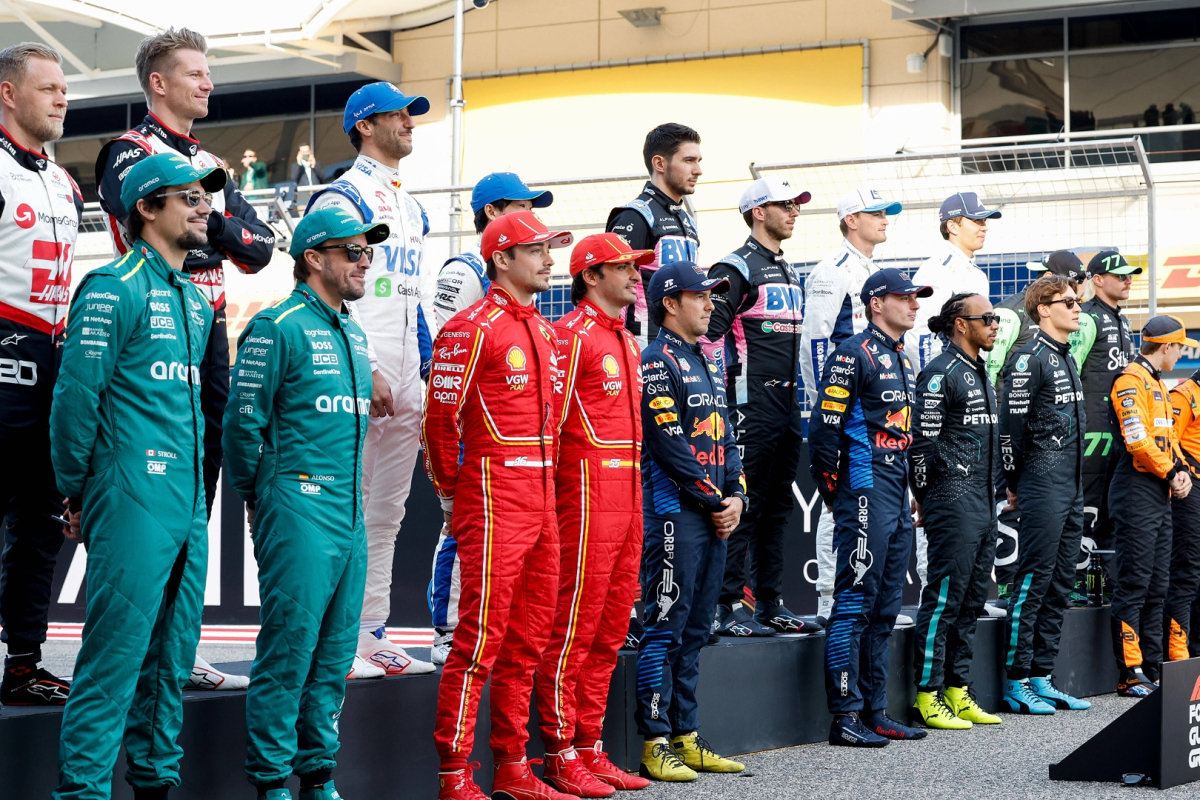Latest News

Latest F1 News
Lando Norris and Oscar Piastri butt heads in awkward post-race mishap
- Yesterday 22:57

F1 Social
Lewis Hamilton gets major Roscoe boost for British Grand Prix
- Yesterday 22:27

Latest F1 News
Cadillac bombshell drops as Red Bull F1 star linked with shock move
- Yesterday 21:42

F1 Today
F1 News Today: Austrian Grand Prix race result confirmed as FIA issue Lando Norris disqualification verdict
- Yesterday 21:19

Latest F1 News
Mercedes F1 to run ORANGE livery at British Grand Prix this weekend
- Yesterday 20:57

Latest F1 News
F1 legend claims first podium at the age of 94
- Yesterday 20:12
Most read

500.000+ views
FIA issue Lando Norris disqualification verdict at Austrian Grand Prix
- 29 june

300.000+ views
FIA announce Charles Leclerc disqualification verdict ahead of Canadian Grand Prix
- 12 june

200.000+ views
F1 News Today: Austrian Grand Prix race result confirmed as FIA issue Lando Norris disqualification verdict
- Yesterday 21:19

200.000+ views
FIA announce George Russell punishment verdict at Canadian Grand Prix
- 14 june

150.000+ views
FIA announce harsh McLaren penalty verdict after Oscar Piastri incident at Canadian GP
- 14 june

150.000+ views
Mercedes F1 star hit by FIA deleted lap ruling after Canadian Grand Prix
- 16 june


























 Grand Prix of Australia 2025
Grand Prix of Australia 2025  Grand Prix of China 2025
Grand Prix of China 2025  Grand Prix of Japan 2025
Grand Prix of Japan 2025  Grand Prix of Bahrain 2025
Grand Prix of Bahrain 2025  Saudi Arabian Grand Prix 2025
Saudi Arabian Grand Prix 2025  Grand Prix De Monaco 2025
Grand Prix De Monaco 2025  Gran Premio de España 2025
Gran Premio de España 2025  Grand Prix du Canada 2025
Grand Prix du Canada 2025  Grand Prix of Austria 2025
Grand Prix of Austria 2025  Grand Prix of Belgium 2025
Grand Prix of Belgium 2025  Grand Prix of Hungary 2025
Grand Prix of Hungary 2025  Grand Prix of Azerbaijan 2025
Grand Prix of Azerbaijan 2025  Grand Prix of Singapore 2025
Grand Prix of Singapore 2025  Gran Premio de la Ciudad de Mexico 2025
Gran Premio de la Ciudad de Mexico 2025  Grande Prêmio de São Paulo 2025
Grande Prêmio de São Paulo 2025  Qatar Grand Prix 2025
Qatar Grand Prix 2025  Grand Prix of Abu Dhabi 2025
Grand Prix of Abu Dhabi 2025 